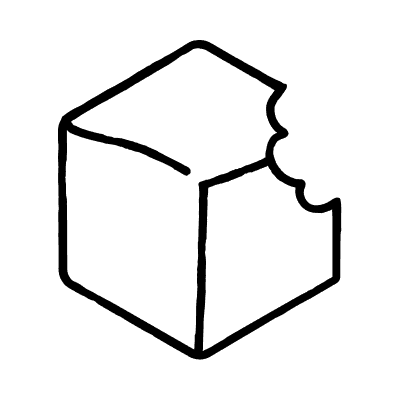3D Print
3D Printing: Bring your ideas to life with rapid prototypes
3D printing enables quick creation of physical prototypes to test and refine design concepts.
GOAL
Validate design concepts and gather physical feedback through the creation of 3D printed prototypes.
TOPIC:
DIFFICULTY:
Hard
In the era of customer-centric design, 3D printing represents a powerful tool to transform ideas into tangible objects quickly. This technology allows you to create three-dimensional physical prototypes from digital models, enabling you to test ideas, gather feedback, and refine your design iteratively.
Costs and realisation times
The costs of 3D printing vary depending on the complexity and size of the prototype. For small and simple prototypes, the costs can be relatively low. However, as complexity increases, so does the price. Preparation time, which includes 3D modelling and printer setup, can take days or weeks, depending on your skills and access to a printer. The printing is relatively fast, allowing you to quickly obtain a tangible prototype.
Evaluating prototype effectiveness
To evaluate the effectiveness of a 3D-printed prototype, it is essential to gather feedback from customers. Several metrics can be helpful to:
Customer needs, difficulties, and benefits: Analyze how the prototype responds to customer needs, difficulties, and benefits. Customers should be able to imagine how the prototype will fit into their real lives and solve their problems.
Customer feedback: Collect comments and observations from customers interacting with the prototype. Pay attention to how they use it, what aspects they appreciate, and what criticisms they encounter.
Customer quotes: Record specific quotes that highlight the prototype's strengths and weaknesses. These quotes can help strengthen your design decisions and communicate the value of your product or service.
Skills and requirements
To create practical 3D prints, design and technology skills are required. You need to be able to 3D model the prototype using specific software and then print it using a 3D printer. If you have no design experience, consult an expert. As for the printer, you can't wait to buy one. Some fablabs and workshops offer paid access to 3D printers.
Before 3D printing
Before investing in 3D printing a complex prototype, testing ideas and designs with faster and less expensive methods is advisable. For example, creating paper prototypes and presenting them to customers can provide valuable initial feedback. This iterative process allows you to refine your design and build a more effective and targeted 3D prototype.
When used strategically and in combination with other prototyping methods, 3D printing can accelerate the development process and increase the chances of success of your ideas.

